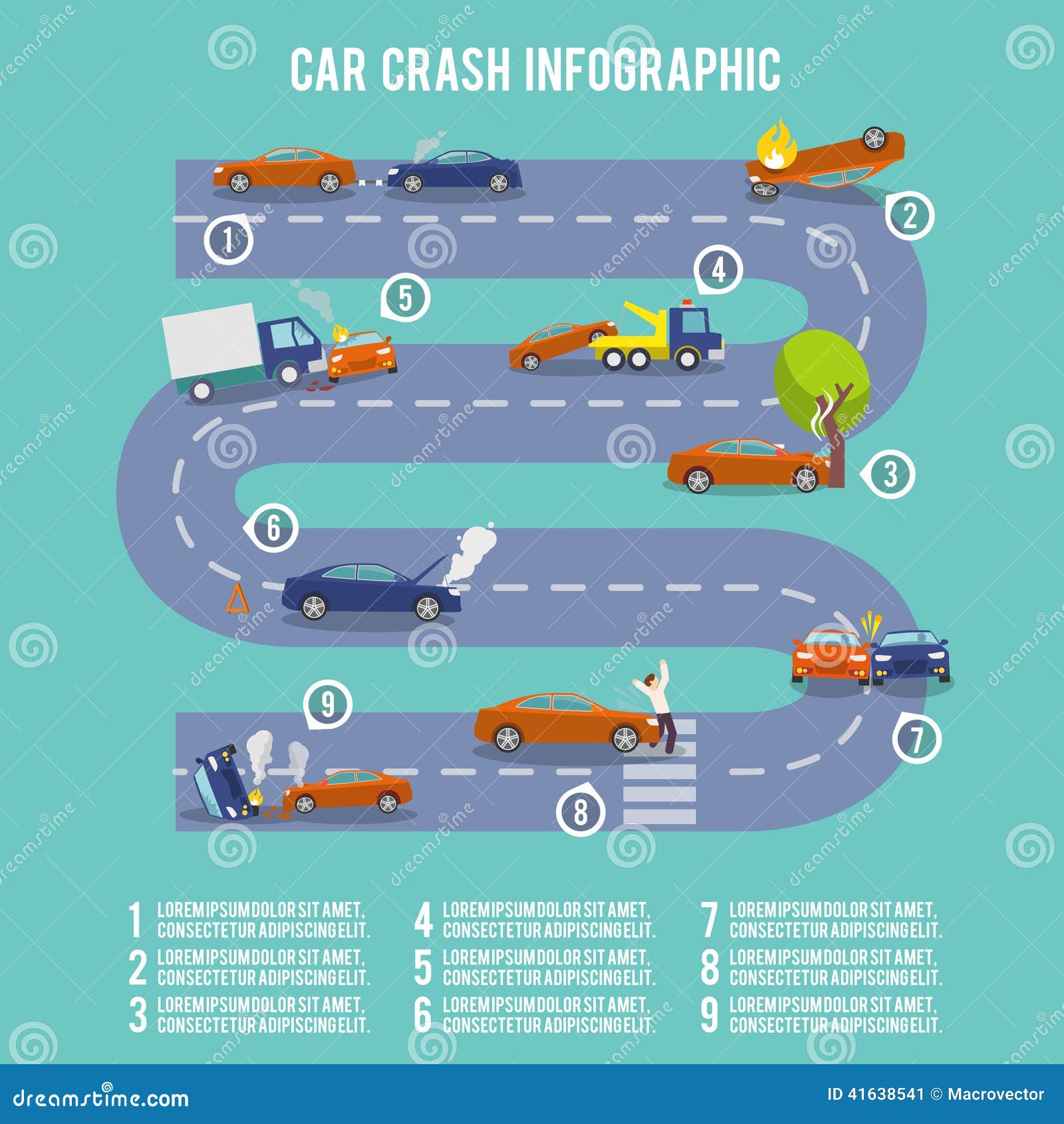Open Up The Hood To Identify Common Brake System Challenges And Their Treatments
Open Up The Hood To Identify Common Brake System Challenges And Their Treatments
Blog Article
Content Author-Spence Murray
When it comes to your lorry's brake system, understanding common problems can conserve you from potential safety and security dangers. From determining brake pad wear to resolving brake liquid leakages, recognizing how to take on these problems is crucial. Yet what regarding those squishy brake pedals? There's a fix for that also. Stay tuned to get more information concerning these concerns and the functional options that can maintain you securely when driving.
Brake Pad Use and Replacement
When it pertains to preserving your lorry's brake system, one vital aspect to keep an eye on is the wear and replacement of brake pads. Brake pads are vital elements that push against the brake rotors to decrease or quit your lorry. In time, these pads wear down because of rubbing, needing routine assessment and substitute to ensure your brakes function properly.
To establish if your brake pads require substitute, pay attention for shrieking or grinding sounds when you apply the brakes. Furthermore, if your car takes longer to quit or you see resonances or pulsations when stopping, it might be time to change the brake pads.
Disregarding used brake pads can lead to lowered stopping performance, damages to other brake elements, and even brake failure.
Changing recommended you read is a fairly straightforward process for many automobiles. Nevertheless, if you're unsure or uncomfortable doing this task, it's finest to seek advice from a professional auto mechanic to guarantee appropriate setup and optimal brake performance.
Routinely checking and changing brake pads is important for your safety and the longevity of your car's stopping system.
Brake Liquid Leaks and Maintenance
To guarantee your car's brake system functions ideally, it's important to also take note of brake fluid leakages and maintenance. Brake fluid is critical for sending the force from your foot on the brake pedal to the real stopping mechanism. One typical issue with brake liquid is leakages, which can occur because of tatty brake lines, seals, or links. If you discover a puddle or leaks under your automobile, it's essential to address the leakage immediately to stop a prospective brake failure.
Regularly examining your brake fluid level is essential to maintaining your brake system. https://manueltoidw.thelateblog.com/29790613/reveal-the-strategies-that-will-certainly-assist-you-expertly-manage-the-intricacies-of-automobile-repair-services can lead to air entering the brake lines, which endangers stopping performance.
In addition, old or contaminated brake liquid can impact the overall efficiency of your brakes. It's recommended to follow the producer's standards on when to change the brake fluid, typically every 2 years.
Spongy Brake Pedal: Blood Loss Brakes
If you have actually ever before experienced a squishy brake pedal while driving, you recognize the importance of maintaining a firm and responsive stopping system. One typical source of a mushy brake pedal is air entraped in the brake lines. When air goes into the brake system, it can bring about a loss of hydraulic stress, causing that disturbing squishy feeling when you press the brake pedal.
To fix this concern, hemorrhaging the brakes is needed. Bleeding the brakes involves getting rid of the air from the brake lines to recover correct hydraulic pressure.
To hemorrhage the brakes, you'll need a helper to help you. Begin by finding the brake bleeder valve on each wheel, typically located near the brake caliper. With https://stephenjeato.buyoutblog.com/29326081/explore-the-globe-of-automobile-treatment-with-a-knowledgeable-mechanic-alongside-you-learn-how-their-skills-are-essential-to-ensuring-your-car-s-ideal-performance , loosen up the valve and have your helper press the brake pedal while you observe any air bubbles appearing. Repeat this process for every wheel, starting from the wheel farthest from the master cylinder and relocating closer.
As soon as you no more see air bubbles and only clear liquid arises, tighten the shutoff and top up the brake liquid tank as needed. Hemorrhaging the brakes assists make certain a company brake pedal and boosts total braking efficiency.
Conclusion
Since you understand common brake concerns and just how to repair them, you can guarantee your automobile's safety and performance. Keep in mind to pay attention for warning signs like screeching sounds or mushy brake pedals, and resolve them without delay. Regular maintenance and timely replacements are key to maintaining your brakes in top condition. Stay positive and alert to your brake system to delight in safe and reliable driving experiences.
